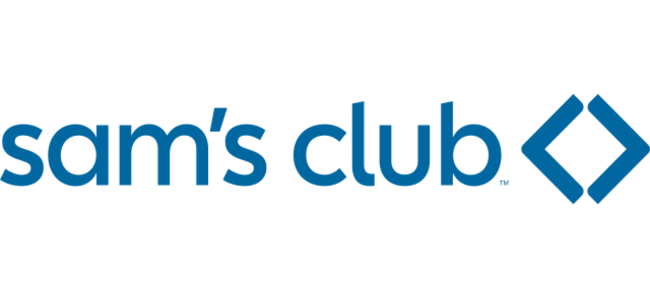Subsidiaries of Walmart
- Sam’s Club
Key Findings
- Walmart and Sam’s Club have a written safer chemicals policy, known as the Sustainable Chemistry Policy, along with an Implementation Guide for Suppliers. It was the first major U.S. retailer to announce a safer chemicals policy in 2013. The policy primarily applies to consumables: formulated cleaning, beauty and personal care, household chemicals, infant, and pet products.
- The company has a goal to reduce the chemical footprint of these consumables by 10 percent by 2022, which would translate into a reduction of 21.59 million pounds of toxic chemicals. In January 2021, Walmart reported a 5 percent reduction in suppliers’ use of toxic chemicals (by weight) between 2017 and 2019. That eliminated 10 million pounds of hazardous chemicals from beauty, personal care, and household cleaning products, among others.
- The company has also set goals to reduce harmful chemicals in the manufacturing of apparel, footwear, and soft home textiles, and eliminate PVC and polystyrene plastics in private-label packaging by 2025.
Recommendations for Walmart
- Walmart can continue to improve its safer chemicals program by setting a more ambitious chemical footprint reduction goal beyond 10 percent and expanding the policy to include key chemically intensive product categories, such as electronics, food, and furniture. Walmart should take swift action to eliminate and safely replace key chemicals of concern from the beauty products of environmental justice concern (BPEJC) that it sells.
- As the largest grocery chain in America, Walmart should eliminate and safely replace any toxic indirect food additives that may be in food contact materials, with special attention paid to any bisphenols and per- and polyfluoroalkyl substances (PFAS) that may be in food packaging and other food contact materials as well as any phthalates that may be in food and food contact materials in its supply chain. The company should also expand its goal to eliminate PVC and polystyrene in packaging for all suppliers, not just private-label.
- The company should follow through on its ban of toxic paint strippers by also restricting regrettable substitutes, particularly those containing GreenScreen Benchmark 1 chemicals. The company should also expand its Sustainable Chemistry policy globally.
Grade History
How does Walmart compare to its competitors?
Analysis of Walmart
Oversight: Established management responsibilities and incentives
Disclosure: Requires suppliers to report use of chemicals in products to retailer
Action: Reduced or eliminated chemicals of high concern (CHCs) or plastics of environmental health concern (PEHCs) within the last three years
Safer Alternatives: Evaluates safer alternatives, avoids regrettable substitutes
Transparency: Demonstrates a commitment to transparency and public disclosure
Third-party Standards: Promotes credible third-party standards for safer products
Extra Credit:
Joint Announcement: Public commitment demonstrated through joint announcement
Continuous Improvement: Shows continuous improvement by steadily expanding safer chemicals policy
Collaboration: Actively participates in collaborative process to promote safer chemicals
Impact Investment: Investing financial resources into independent research into safer alternatives and/or green chemistry solutions



